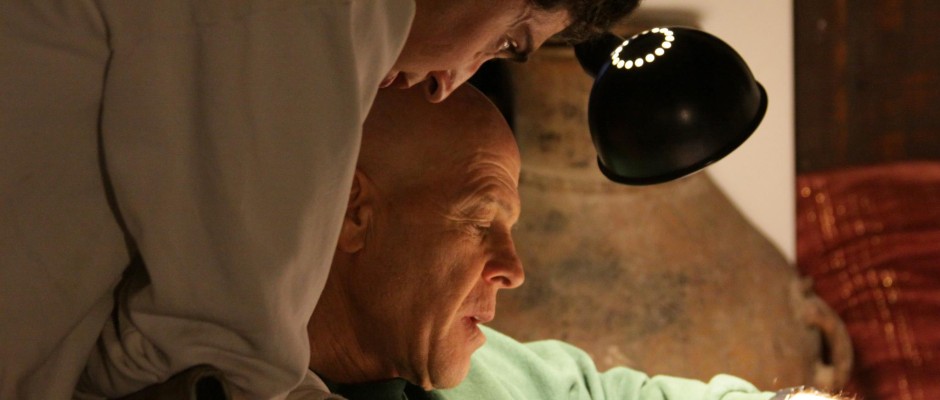The reality of modern secularity, with its abundance of temptations, is seen as a threat to the continued existence of the Haredi world. Even though the Haredim invest much effort in raising walls so as to isolate them, in Israel the boundaries between them and their Jewish environment are thinner and more penetrable than any that ever existed between them and their non-Jewish surroundings.
Written By Gideon Aran
In this situation of defensively rallying around in the face of a perceived existential danger, Mary Douglas’ reading of ancient Israel is most valid here too. According to her thesis, when there is increased awareness of a threat to a group’s external boundaries, there is a tendency to deal more intensively with the bodies of the group’s members as they try to ensure their wholeness.
This is reflected in attempts to supervise materials that enter the body and those which are expelled from it. In a crisis situation such as this, the difference between the private and political body is blurred, and there is increased interest in ritual and sexual purity, expressed in monitoring and regulating the boundary between society and the body in everything it does: at work and at home, in sickness and in health, in walking and in sitting, at day and night.
Taken from “Denial Does Not Make The Haredi Body Go Away Ethnography of a Disappearing (?) Jewish Phenomenon”, By Professor Gideon Aran.


